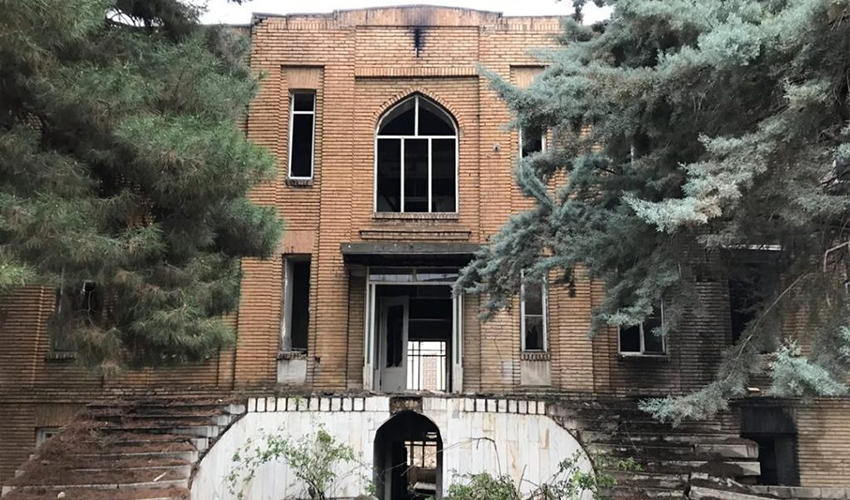Founded by missionaries in the early 1900s, Kermanshah’s Masih Hospital demolished
Designed by the Iranian-Armenian architect Markar Galstiants, the structure was one of the many hospitals and facilities founded by American Presbyterian missionaries at the start of the last century. Saved from demolition four years ago, it was described by city's heritage director as “valuable” and “historic”.
Tehran (AsiaNews) – Iran’s clerical regime is not only targeting house churches, but also hospitals.
While the country is currently in a period of mourning following the helicopter crash that killed President Ebrahim Raisi on 19 May, a hospital funded and built more than a century ago by American Presbyterian missionaries, and seized after the revolution that gave birth to the Islamic Republic in 1979, was reportedly demolished after a long-running property dispute.
Article 18, a non-profit organisation dedicated to the rights of Iran’s religious minorities, especially Christians, reported that Masih (Messiah) Hospital, in the western town of Kermanshah, has been destroyed.
The facility was one of several hospitals and establishments founded by missionaries in the early 1900s. Four years ago, it came close to being demolished, only to be rescued after a fierce battle that allowed it to regain its nationally-registered status.
At the time, the COVID-19 pandemic was spreading and Iran’s healthcare system was reeling under the weight of infections and deaths, often underestimated.
Speaking about the building four years ago, Omid Ghaderi, director general of Kermanshah’s Cultural Heritage Office, describing it as "valuable" and "historic," designed by the famous Iranian-Armenian architect Markar Galstiants and, for this reason, would be protected.
It had previously been the target of several acts of vandalism, including an attempted arson attack in March 2020. In the end, the battle to protect the structure did not save it from demolition.
The dispute started first with the owner, who sought its demolition to repurpose the land. After years of controversy, it was finally torn down on Wednesday.
The owner had argued that the building, which had been unused for 20 years, was no longer worth preserving, as it had been badly damaged by fire and had become the home of rough sleepers and drug addicts.
A spokesman for the local cultural heritage organisation said that it would file a complaint over the demolition because it had not been properly authorised, adding that no permission would be granted to build another building on the land unless it was an exact replica of the old hospital.
Masih Hospital was one of several Christian-run establishments seized in the wake of the 1979 revolution, when missionaries who had established schools, hospitals and institutions for the blind were forced to leave Iran amid mounting anti-foreign sentiment.
Many of the abandoned facilities, including Masih Hospital, continued to function under the new Muslim management, but others were left empty and later repurposed, such as the former home of Iran's Anglican bishop in Isfahan, which was recently turned into a museum.
The Islamic Republic's healthcare system, despite being considered one of the best in the Middle East, has been through rough times as a result of the COVID-19 and the difficulty in obtaining drug supplies, due to Western sanctions over the country’s nuclear programme.
Things have been worsening in recent years as more and more healthcare workers leave the country.
A top official in Iran's Medical Council (IRIMC) said that nurses emigrating has become a full-blown crisis, leaving the country’s hospitals far below international standards for patient care.
Abolghasem Talebi, a member of the IRIMC Supreme Council, told state radio in March that the stark disparity between the Islamic Republic and the global standard for nurse-to-bed ratio highlights the critical state of the health system.
Every year, he explained, nearly 3,000 nurses leave Iran, a huge number considering that 10,000 are trained annually.
This mass exodus, Talebi added, is a "disaster" for the country’s healthcare system which currently employs about 240,000 nurses and which, even with the latest recruitment efforts, remains well below accepted international standards.
Thousands of healthcare professionals have left the country in recent years, mainly due to the worsening economic situation, poor working conditions, and lack of social and political freedoms.
Media reports estimate that around 16,000 doctors, including specialists, have left since 2020, raising fears of a public health crisis.
19/10/2017 16:00







.png)










